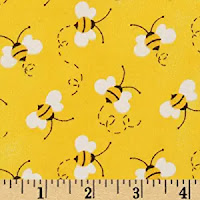Virginia is an overwintering place for several bird species. I have my year-round friends, red-bellied woodpecker (yes, they have red on the belly), tufted titmouse, cardinal, carolina wren, eastern blue birds, goldfinches (who don their olive drab coats in the winter), nuthatch, chickadee, hairy + downey woodpeckers, pileated woodpecker (though they are elusive), red-tailed hawk, and barred owls.
In the winter, the population of birds increases for the birds looking for a winter respite (though summertime friends leave). The hermit thrush (singular), yellow-rumped warbler (handful), white-throated sparrow (flock), rose-finch (flock), brown creeper (singular) and yellow-bellied woodpecker (singular) (yes, they have yellow on their belly) and red-breasted nuthatch come to visit. We put seed and homemade suet out. I also have fresh mealworms that I raise. I did not spy the brown creeper last year, but spied him a few days ago. I've not seen the YB woodpecker last year, or this year yet. I'm keeping an eye out. As you can see, I may only have one specimen of a bird type, or a hungry hoard! The pine warblers are year round, but I generally do not see them until they come to eat the suet and mealworms.
I put my suet in a rat wire contraption. That offers some level of squirrel deterrent--though I've seen them try to claw and lick to get to the contents. It beats their scampering off with a giant ball of suet! You have to admire the problem solving ability coupled with determination of the rodent mind!
I do put stuff out for the squirrels. They have plenty of acorns this year. They had nothing last year, so food insecurity was high for both them and the deer. There is a bit of hypocrisy about feeding birds, and not allowing hungry rodents to have a nibble or two.
I keep fresh water on the deck rail. The birds enjoy an non-frozen drink as do the squirrels. Both the junco and the hermit thrush will sit on the deck rail and absorb the sun. It is funny to see a bird sit still for so long, but they do.
The white-throated sparrows have an enclave in a thicket of vines. In the cold VA mornings (balmy compared to the northern climes) they are perched on the branches absorbing the sun. They love seeds. The yellow-rumped warblers eat the suet as do the bluebirds, who do not eat seeds. Seeds, suet and mealworms offers a little something for everyone.
Washing dishes, I can look out the window and see all of my friends enjoying their food. I is a joyful part of the day.





































